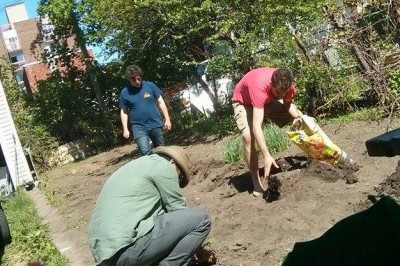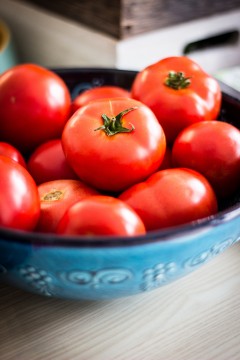by Omar Elsharkawy, CFICE Admin RA
As explored in the last blog post, gardening has many benefits. Gardening and growing your own food increases community food security, contributes to environmental sustainability, and will help you save money. In addition, community gardening contributes to a greater sense of community for the people involved. It also provides an opportunity for those who aren’t engaged in their community to become involved, and possibly opens doors for collaboration with other communities.
Starting a community garden isn’t a walk in the park so folks should be very aware of the commitment required for starting one. Community gardens require a lot of time and resources, especially at the beginning, but it’s usually worth it in the end. Getting people on board and gauging interest before starting is essential to ensure that there are enough resources available to accommodate the community. Community resources such as funds and staff time can also be scarce sometimes, so a brief study should be completed before committing resources towards a garden.
A soil assessment is also important. In big cities, some pieces of land might have high levels of lead. A soil assessment is necessary to ensure the health and safety of the community. To complete an assessment, access to a lab, and assistance from an expert, might be needed, therefore I would recommend that communities reach out to post-secondary institutions for assistance. Universities and colleges often have community engagement offices, and if not, departments or certain faculty members can be contacted to get the process started. Many students are often looking for off-campus experience too. With the assistance of faculty, a project that would include a full ecosystem assessment for a garden is possible.
Local gardening is generally sustainable from an environmental point of view, but one can go an extra step to make it more sustainable. Determining what grows in the garden can play a role in ensuring the sustainability of the garden. Growing what’s in season is an easy start. The province of Ontario has a great online resource to help you determine what’s in season at any given time. Companion planting is also a great way of utilizing unused soil space and encouraging plant diversity in your garden. This potentially provides more habitat for bees should the right combination be planted. My personal favourite companion plants are tomatoes and basil as they go great together in a pasta dish. Here you can find a great local guide about companion planting.
Pests can be a pain for gardeners to deal with. Instead of using pesticides that are harmful to the plant and would eventually make their way into the consumer’s body, gardeners can use chicken wire, among other forms of fencing and natural methods, to keep pests out. Here is a great online resource on choosing the appropriate method for your garden.
For more information on starting your own community garden, check out Food Banks Canada’s Community Gardens Toolkit .
This piece is part of CFICE’s 4-part series on community gardening.


